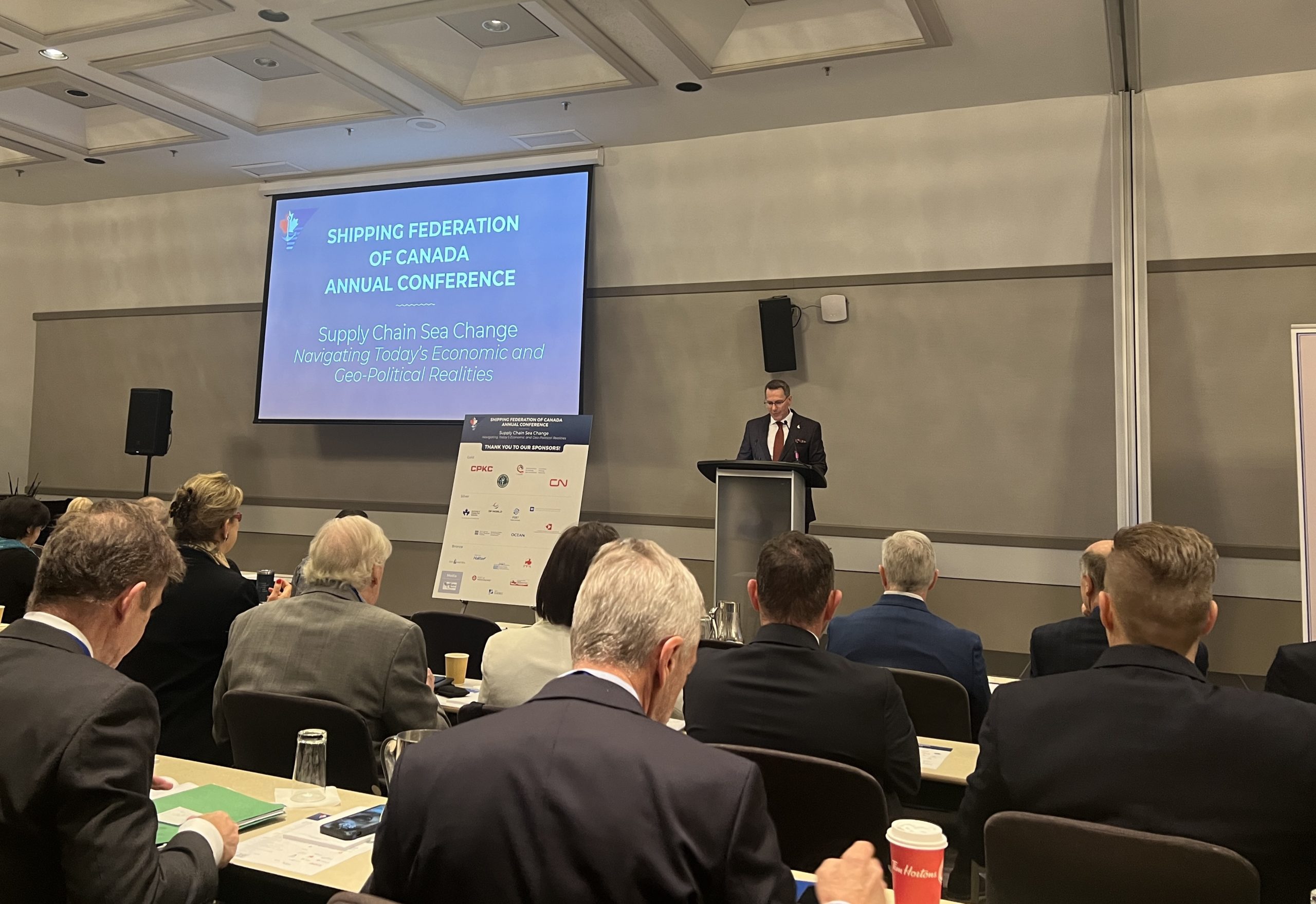Review by Dr. Jason Zuidema, NAMMA/ICMA
Christopher Mims, Arriving Today: From Factory to Front Door – Why Everything Has Changed About How and What We Buy. Harper, 2021.
The COVID-19 pandemic drew a spotlight on how much we all rely on shipping every day. It was very useful to be able easily to get essential items shipped to our homes when we couldn’t easily go out to get them. If we would have had a pandemic a generation or two ago, that might not have been possible. How do packages arrive at my door?
In Arriving Today, Christopher Mims, technology columnist for the Wall Street Journal, shares “all the effort that comes before you click the Buy button.”(2) Mims uses the example of the simple click on our smartphone to purchase a USB wall-charger to tell the story of the incredible complexity that is the modern logistics chain. It was useful that his reporting trips around the world were scheduled in the early months of 2020. As the chapters of the book progress, noting the movement of his USB charger, so also we experience the early months of the COVID-19 pandemic, and all the stress that put on supply chains. The book was planned pre-pandemic, but the pandemic put an exclamation point on all that was being explained.
The book is a page-turner, explaining the physical infrastructure, technology, and people that make the movement of goods “From Factory to Front Door” possible. Mims hopes that Arriving Today will be a “skeleton key” to “unlock insights into the past, present, and future of automation and work.”(1) Though an understanding of ships, trucks and robots is fascinating, the focus on people is key. Mims wants it to be “a window into the lives of the people who are most affected by the rapidly changing ways we buy, sell, and transport the billions of dollars’ worth of stuff we consume every day.” (1) As he notes, he wants the book to explore “the lives of people who make supply chains possible and of those who designed them in the first place. As such, it’s also an exposition of the underlying drivers of America’s growing inequality in wealth, income, and rights in the workplace.” (3)
As we proceed through the 22 chapters of the book, we move from a factory in Vietnam to a front door delivery in the American heartland. Mims touches on a wide range of topics including shipping, robotics, management philosophy, trucking, warehousing and, all things Amazon. Rather than focusing on one part or mode of transport, Mims goes step by step through each mode. Pulled together, the book is a wonderful wide-angle lens view of the entire supply chain.
Six of the chapters focus specifically on ships and ports. Mims does a great job of explaining the size and complexity of modern ports, especially focusing on container shipping and the people needed to run them. He writes, “Shipping is full of these odd juxtapositions of relatively puny humans and enormous objects designed to contend with equally enormous forces: from the person at the helm turning a wheel a foot in diameter to deflect a rudder two stories tall, to the sailors tossing ropes to one another to begin the mooring process for a vessel that weights a million times as much as they do, to the longshoremen scampering up, down, and across stacks of containers the size of whole neighborhoods just to release the next box to be grabbed by the office building-size crane hovering above.” (69)
As a technology writer, Mims is especially good at explaining how technology is transforming logistics. How technology supports the unrelenting quest for efficiency in the last century is critical. He describes at length the scientific management theories of Fred Taylor in the early 20th century, breaking down complex industrial processes to their constituent parts and then finding ways to reduce the time it took to complete each one. Henry Ford’s assembly line is a great example of scientific management put into practice. Fast forward 100 years, the likes of Jeff Bezos and Amazon continue these trends by developing algorithms to control unimaginably complex systems.
Despite the rapid advances of technology, humans are still critical at all points of the logistics chain. Seafarers, port workers, truck drivers, and warehouse workers are all still in serious demand. Yet, the critical divide is that certain jobs demand even more training, and others have been mostly ‘de-skilled’. Mims explains, “From preparing a meal in a fast-food joint to driving for Uber, countless careers that used to require a significant amount of experience and skill have now been turned into jobs that require hardly any at all.”(102)
Mims’ book is a great starting point to understand the logistics chain in our time, but also points to the opportunities and challenges in the future. The questions of autonomous trucking, shipping, warehouse work, and delivery are all explored. Certain of those technologies still seem far away, but others are on our doorstep.
I can recommend Arriving Today for any of those in seafarers’ welfare that want to get a high-level view of the world of shipping. Tracing the shipping progress of a USB charger during the early months of the pandemic was especially useful to draw the reader through the book. Besides seafarers, the book will also give you new insight into long-haul and delivery truck drivers and warehouse workers.




